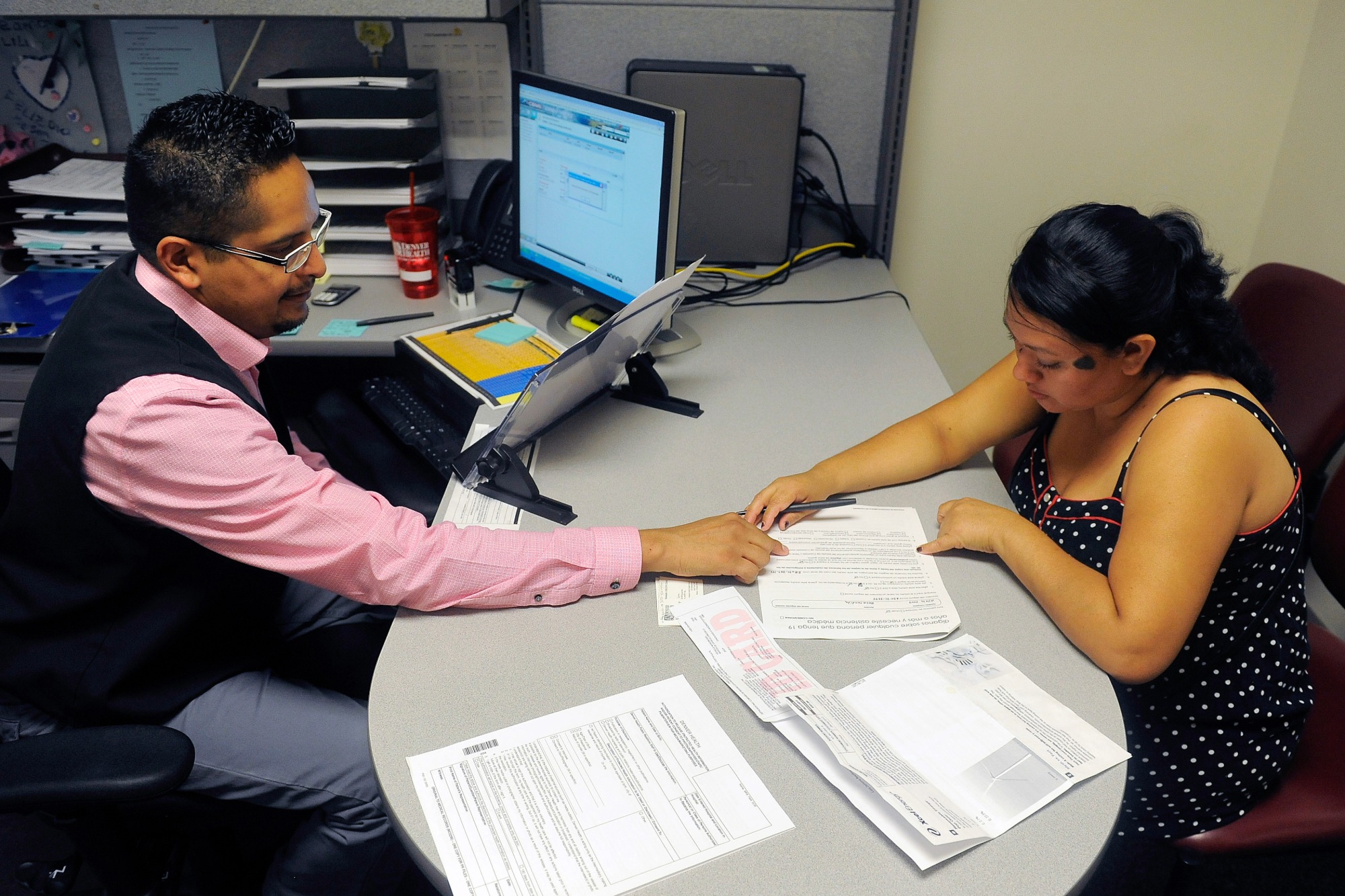Key Takeaways
- Communication gaps led to preventable Medi-Cal disenrollments. During the Medi-Cal unwinding, many enrollees were unaware of Medi-Cal renewal requirements or didn’t receive renewal packets, contributing to procedural disenrollments.
- Vulnerable California populations faced greater Medi-Cal renewal barriers. Enrollees with chronic conditions, disabilities, limited English proficiency, and fluctuating incomes encountered unique challenges during Medi-Cal renewal, putting them at higher risk of losing coverage despite continued eligibility.
- Enrollees recommend four key improvements to the Medi-Cal renewal process. Clearer communication, simplified renewal forms, better customer service, and transparent application tracking.
During the COVID-19 public health emergency, a federal continuous coverage requirement prohibited states from disenrolling anyone from Medicaid. The end of the requirement in March 2023 marked the beginning of the “unwinding,” during which California resumed regular Medi-Cal redetermination processes.
During the unwinding, California processed nearly 11 million Medi-Cal renewals resulting in approximately two million people being disenrolled. Two-thirds of these disenrollments were for procedural issues (e.g. missing paperwork), not because the person was determined ineligible.
Between November 2023 and April 2024, the California Department of Health Care Services partnered with SSRS to conduct six monthly surveys to learn about the experiences of enrollees procedurally disenrolled. A number of survey respondents participated in a qualitative follow-up study to elicit further information about their perspectives, the impact of their disruption in coverage, and their suggestions for how the renewal process could be improved.
The principal findings:
- Although some Medi-Cal enrollees who were procedurally disenrolled expressed satisfaction with the renewal process, it was also very common for enrollees to be unaware of the need to renew their Medi-Cal coverage or how to do it, or to end up feeling confused, intimidated, or unsupported once they attempted to renew.
- Enrollees with chronic conditions and disabilities, those with limited English proficiency, and those who have highly fluctuating incomes shared uniquely difficult challenges during the renewal process, putting them at extra risk to lose coverage.
- Although many participants indicated that procedural disenrollment had little impact on them, as they were readily able to reenroll or obtain other coverage, some participants reported that procedural disenrollment had negative effects on access to care, their physical and emotional health, and in some cases, their financial well-being.
Participants’ suggestions for improving the renewal process to minimize procedural disenrollments in the future included the following:
- Improving communication about the process
- Simplifying the renewal packet
- Enhancing availability and quality of customer service
- Providing greater transparency about what happens after the renewal form is submitted
These lessons take on new urgency as Congress (at the time of publication) considers a reconciliation bill that could add even more administrative hurdles to Medicaid enrollment and renewals. Hundreds of thousands of eligible Medi-Cal enrollees (possibly more) would lose coverage because they have difficulty navigating an even more burdensome renewal process. In the face of this federal threat, California should heed the lessons of the unwinding and take action now to streamline the process and improve communication and customer service for enrollees.
This is a companion paper to Lessons from the Medi-Cal Unwinding: How California Protected Coverage and Policy Options to Improve Renewals, which explores other important lessons from the unwinding and recommendations.
Authors & Contributors
Darby Steiger
SSRS
Rob Manley
SSRS
Robyn Rapoport
SSRS




